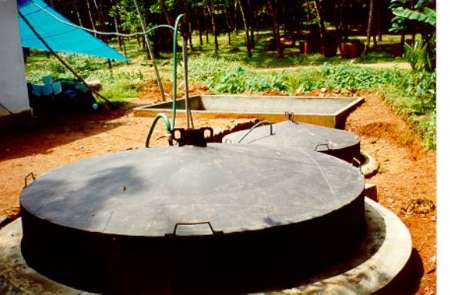Head of the archeology group at Tappeh Dasht, north of Sistan and Baluchestan Province, Mehdi Mortazavi said Tappeh Dasht is a workshop for producing clay in a 5.7-hectare area, 3 km from southwest of the Burnt City in north of Sistan and Baluchestan province.
According to the preliminary excavations, its antiquity dates back to the second era of inhabitance in the Burnt City, that is to say 2,800 years B.C.
Pointing to continuation of excavations for finding out major points in the archeology he said the second season of excavations in the area was conducted for a period of 30 years, ending on December 30, in which 12 members of the archeological delegation worked together with a technical expert.
The archeologist further remarked that simultaneously with the excavations, the team stereotyped another furnace resembling the one which was used in the past with the exception that the dimensions, capacity and standards of this furnace were different from the one used in Tappeh Dasht.
According to him, the temperature resulted from the burning of a few pieces of animal fertilizer in this furnace, which was not made scientifically, was 288 centigrade.
In addition, he noted, fingerprints on the surplus clay which had been cut from the clay work while shaping it and throwing it out is among other findings of the archeologists.
These fingerprints will help to identify the sex and even the age of the individual who used to work there.
Some stone pieces belonging to animals and a tooth which apparently belonged to a 7 to 8 year-old child have been discovered in that area.
Commenting on generation of energy from animal fertilizer he said this is an art which shows at that time people had found out that when the livestock feeds on plants it will be a source of reserving energy and after its excretion it can be used as fuel.
He said the main findings of the two seasons of excavations in the area included fabric, human effigies, clay baking furnace and fingerprints which will clarify many ambiguous points.
NS/1422
Publish Date: 18 January 2015 - 15:12

Tehran, Jan 18, IRNA – Head of an archeology group said based on the remains discovered in the site such as the furnace for clay baking it has been revealed that Iranians generated energy from animal fertilizer some five thousand years ago.